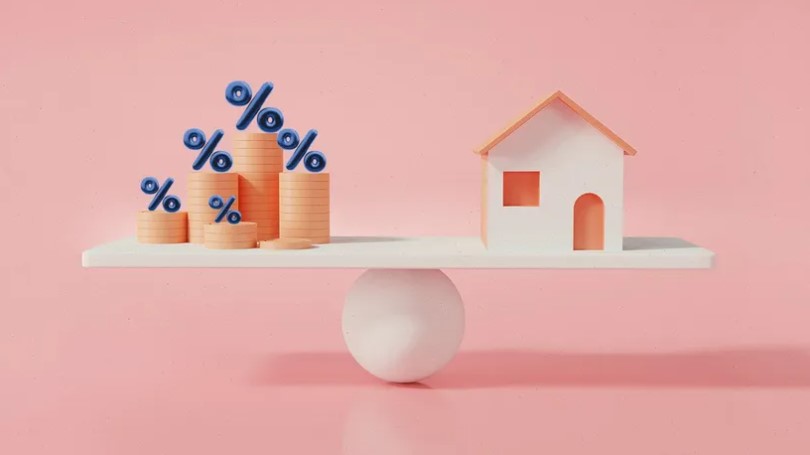Published by REALTOR.com | July 31, 2024
Would-be homebuyers are getting increasingly savvy when it comes to buying a house as mortgage rates continue to hover around 7%.
One way is through home loan assumption—which means the buyer takes over the house’s original mortgage (and interest rate) upon purchase. But, the loan can be assumable only when it’s backed by the U.S. government—like FHA, VA, and USDA loans.
More than 11 million homeowners in America have assumable loans, according to the U.S. News & World Report. And over the past 10 years, nationally, 17.1% of mortgages were FHA loans and 7.7% were VA loans, adding up to roughly 25% of mortgages that are, in theory, assumable, according to Realtor.com® data. This number does not include USDA loans.
The states with the highest share of assumable mortgages are Alaska (39.3%), Wyoming (34.4%), Virginia (34.1%), Nevada (32.8%), Oklahoma (32.5%), Maryland (32.1%), Georgia (31.5%), Louisiana (31.5%), New Mexico (31.4%), and Delaware (30.8%).
“An assumable mortgage may be especially appealing to buyers as these loans effectively pass a homeowner’s current low-rate mortgage to the buyer,” says Hannah Jones, Realtor.com senior analyst.
Jones adds that roughly 85% of outstanding mortgages have a rate below 6%—well below today’s going mortgage rate, which makes assumable loans an appealing prospect. But they are hard to come by.
“Conventional loans, which comprise the majority of home loans across the U.S., are not assumable. Government loans (FHA, VA, USDA) are assumable, but make up a much smaller share of the market and are subject to conditions,” she says.
“Additionally, buyers assuming a mortgage still need to come up with the money to pay off the seller’s existing equity, whether with cash or by taking out a second home loan, which would be subject to today’s mortgage rate.”
Besides the lower interest rate of an assumable mortgage, it can also shorten the life of a home loan.
The seller would have already paid the initial years of the mortgage, so the buyer would need to cover only the remaining years. For instance, if the original buyer was six years into a 30-year mortgage, the new owner who takes on the loan would pay only the 24 years that are left on the loan.


